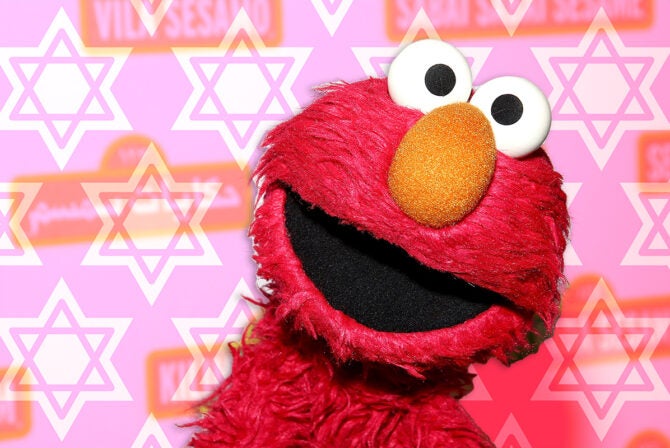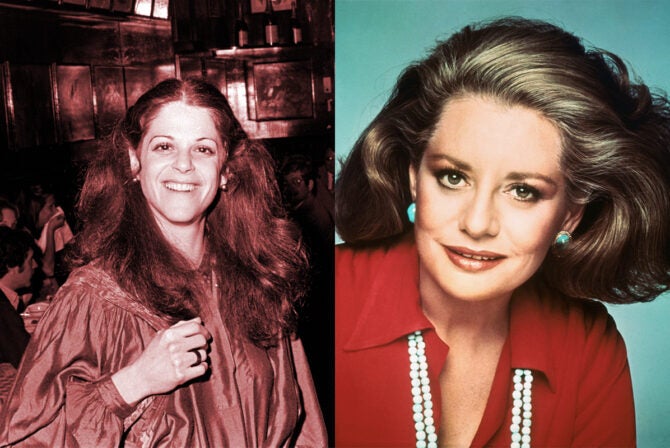It ended with an email that read: “On your 61st birthday, you will have completed your commitment as a member of the Be The Match Registry®.”
After 23 years, I have aged out. My bone marrow is now too old to save a life. And not just any life. I am too old to save a very particular life. She was 6 years old, suffering from aplastic anemia, when I signed on with the bone marrow donor registry in 1994. Today she would be 29, if she is still alive, saved by another donor or a medical intervention or a spontaneous remission. And now, no matter what, she will have to go on without me. I have become too old to help.
When I first signed up with our local registry I knew the odds were low that I would ever match with a patient. But it felt good knowing I had done my part. Then just weeks after signing up I got a letter from the Heart of America Bone Marrow Donor Registry: “Your complete HLA tissue typing matches that of a patient who needs a bone marrow transplant… the chances that you will be asked to donate marrow to this patient are about 1 in 10.”
I stared at the words. The registry brochure said the odds of finding a non-family match were about one in a million. Now, the odds were up to 1 in 10. Somewhere in the world was a complete stranger whose genetic composition was closer to mine than family.
I called the donor registry to schedule follow-up blood tests to determine if I was a complete match for this patient. “At this stage, we are allowed to release gender and age data,” the Nurse Coordinator said. “The patient is a 6-year-old little girl with aplastic anemia.”
A 6-year-old little girl! Whose best chance for health, for life, might come from me.
It is easy to obsess about the other person when fate joins you through biological chance. I composed letters in my head to the little girl and her parents. I shopped for matching t-shirts in adult and little girl sizes. “Expect a miracle,” they said. I prayed over and over: “It’s okay, little one, don’t give up, they’ve almost found your match. I won’t quit on you, don’t die now!”
Friends offered their views while I waited to hear the results of the next round of blood tests:
“You’re so brave; I wouldn’t risk surgery for a stranger.”
“I would sign up, but even giving blood makes me queasy.”
Hearing my own earlier excuses out loud made them seem stingy and inconsequential. I might never jump into a raging river, never run into a burning building to save a child or adopt a starving orphan half a world away. My altruism has definable, selfish limits. But I could do this. I could undergo anesthesia, wake up a little sore, and give this kid a chance.
A pediatrician friend told me that “my patient” was most likely of Eastern European Jewish ancestry, like me. The need for potential donors from this group is especially critical. Hitler killed off entire extended families, eradicating complete bloodlines within Eastern European Jewry. Each living member of this group could well represent a dying patient’s only hope for a bone marrow mach. I came to feel that donating bone marrow was my chance to save a Jew that Hitler wanted dead, an opportunity to stop the historical reach of the Holocaust for one little girl.
My self-congratulations dimmed as weeks passed and I didn’t hear back from the Registry. Maybe 1 in 10 wasn’t such a sure thing. In other circumstances – like learning that my own child had a 1 in 10 chance of surviving a terminal illness – I would think them pretty lousy odds. But I had been so sure of this, had truly felt that destiny had brought this little girl and me together.
Then, three months after that first letter, the second arrived: The tissue typing was confirmed. “Extensive tests between your blood and the patient’s have been conducted, and our results indicate that you and the patient are very closely matched. This means that if it is determined that the patient needs a transplant, you may be considered as a potential donor.”
However, the letter went on to say, my patient wasn’t ready for a transplant at the present time.
I called the registry for an explanation. The patient might not be ready for lots of reasons, the Nurse Coordinator said. Aplastic anemia doesn’t usually kill kids right away. The patient might be doing pretty well right now, and her doctors might be unwilling to risk the dangerous transplant procedure until other treatments stopped working. It was also possible that she could be doing worse, and they were trying to get her stronger to increase the odds of surviving a transplant. Or she might have died.
The strange code of anonymity surrounding transplantation meant the registry couldn’t tell me if my patient was alive or dead. They couldn’t tell me if there would be an urgent call in two years, five years, 10 years: “She’s ready now; she needs you, please come.”
The call never came, of course, and now it never will. I have become too old to help. This closer-than-family little girl lived or died, either path completed without my bone marrow. Perhaps she has children of her own now.
My bone marrow never saved her life, but I pray the knowledge that the registry found a match brought peace and comfort to her and to her family at a time when peace and comfort mattered. “I hope you enjoyed your childhood, little one,” I whisper to her at night. “Take care of yourself. You had a match.”







